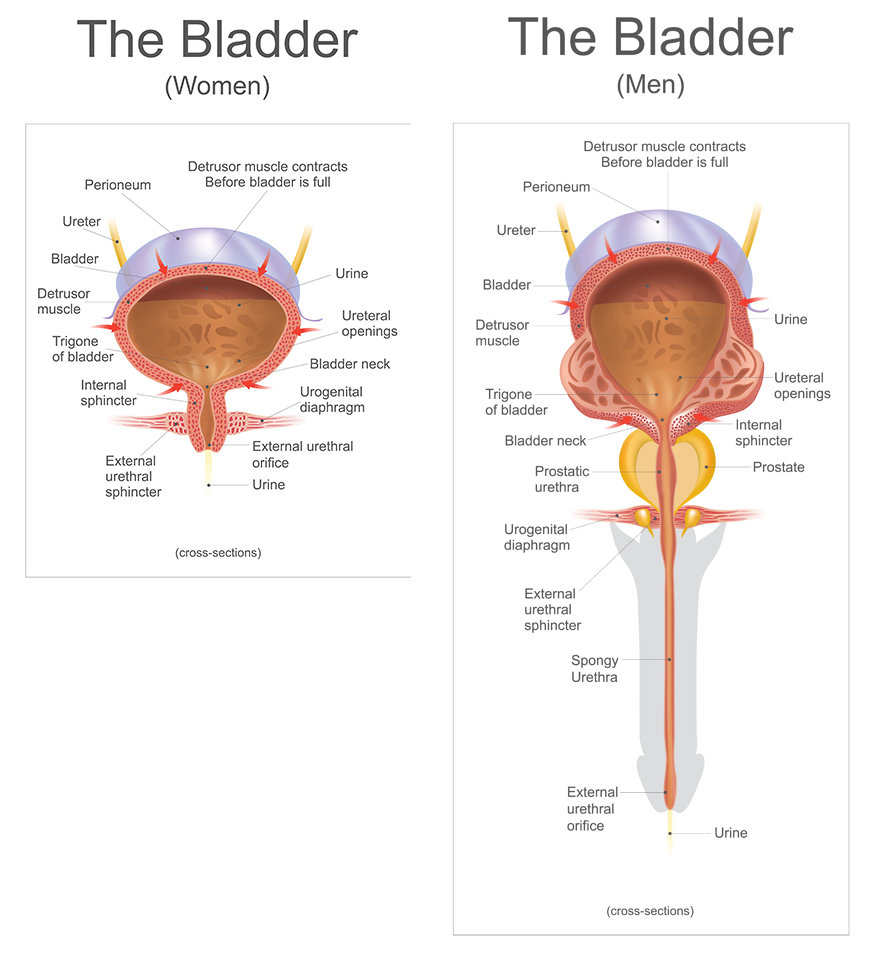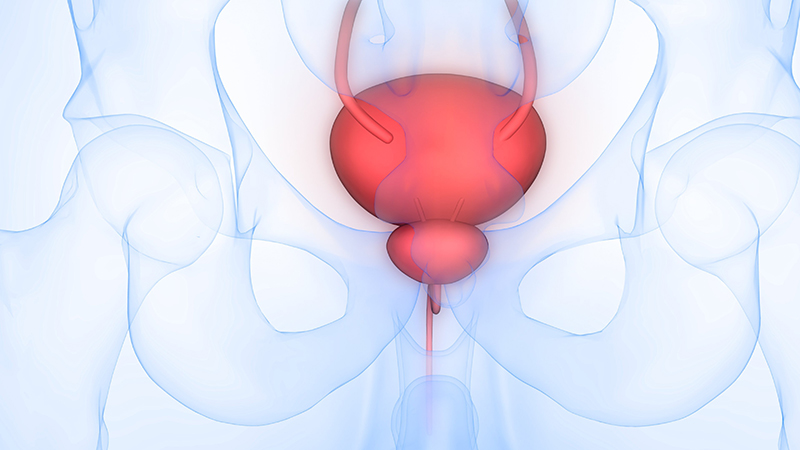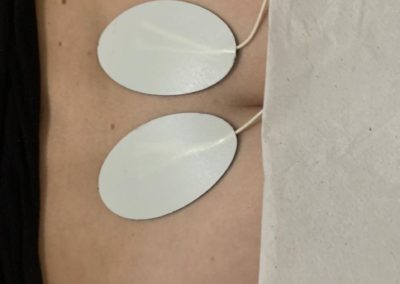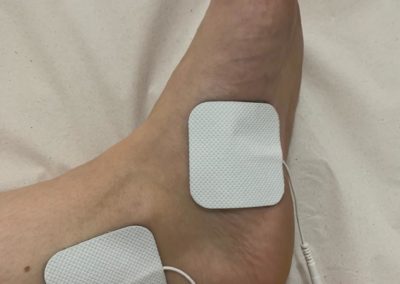BladderCell Technology
BladderCell is developing three (3) platforms for treating incontinence via bladder regeneration.
Non-invasive stimulation
CLICK TO LEARN MORE
Minimally invasive stimulation
CLICK TO LEARN MORE
BladderCell is the only firm working on developing treatments for mild, moderate and severe bladder dysfunction and incontinence.
The BladderCell technology platform is the only one known with these patented or patent pending bioelectric signaling sequences
1. SDF-1 for stem cell homing.
2. VEGF, HIFa, PDGF, EGF, HGF, SDF1, eNOs for new mature blood vessel formation.
3. Follistatin for muscle regeneration.
4. IGF1 for DNA repair.
5. Tropoelastin for increasing elasticity.

Suction catheter for enhanced control and accuracy of transseptal access
Between the ages of 18 and 44, approximately 24% of women experience incontinence.
(1) BladderCell I MILD
Non-Invasive Wearable Stimulator
- For mild to moderate cases of bladder dysfunction.
- Non-invasive.
- Releases bladder regeneration promoting proteins.
- Homes a persons own stem cells to their bladder with homing signal.
- Releases muscle-building proteins.
- Releases elasticity improving proteins.
- Easy to use – slow contract and relax exercise sequence.
- No vaginal, anal or electrode probe required.
- No surgery needed.
- Use at home.
- Wearable.
- Convenient.
- Discreet – can be worn under clothes.
- Designed to tone, strengthen and regenerate muscles.
BladderCell I MILD is a non-invasive, convenient urinary incontinence device that not only stimulates and strengthens the pelvic floor to stop embarrassing leaks but also through patented and patent pending bioelectric sequences controls the release of bladder regeneration (designed to) promoting proteins including SDF1 for stem cell homing, follistatin for muscle building, tropeleastin for elasticity improvement and IGF1 for DNA repair
(2) BladderCell II –
MODerate Minimally Invasive Bioelectric Stimulation
- For moderate to severe cases of bladder dysfunction.
- Minimally invasive vaginal, anal or direct to bladder conduction probe.
- Delivers bioelectric signaling sequences for regeneration to bladder.
- Releases bladder regeneration promoting proteins.
- Homes a persons own stem cells to their bladder with homing signal.
- Releases muscle building proteins.
- Releases elasticity improving proteins.
BladderCell II MODerate utilizes a minimally invasive probe to get our patent pending bioelectrical signaling sequences more effectively to the bladder to promote more complete regeneration.
(3) BladderCell III –
SEvere Minimally Invasive Bioelectric Stimulation + Re-fillabable Micro Infusion Pump + BC 15 fifteen component bladder regeneration composition.
- For severe advanced cases of bladder dysfunction.
- Releases bladder regeneration promoting proteins.
- Homes a persons own stem cells to their bladder with homing signal.
- Releases muscle building proteins.
- Releases elasticity improving proteins.
- Minimally invasive vaginal, anal or direct to bladder conduction probe.
- Re-fillable micro infusion pump.
- BC-15 bladder regeneration composition comprised of stem cells, exosomes, amniotic fluid, platelet rich fibrin, micro RNA gel, oxygenated nano-particles, nutrient hydrogel, selected alkaloids. ECM matrix, bladder matrix.
- Deigned for total and complete bladder regeneration.
BladderCell II SEvere is the most comprensive total bladder regeneration ever developed. The technology not only uses patented and patent pending bioelectric signaling sequences to promote bladder regeneration but also delivers repeated slow infusions of a cocktail of stem cells, growth factors, matrix and other agents to attempt to help patients recover from the most severe cases of bladder dysfunction.
URINARY INCONTINENCE – RECOGNITION AS A MAJOR WOMEN’S HEALTH ISSUE OF CONCERN
- OF THE 25 MILLION ADULT AMERICANS SUFFERING FROM SOME FORM OF URINARY INCONTINENCE, 75-80% OF THOSE ARE WOMEN.
- Urinary Incontinence affects 200 million people worldwide.
- One in four women over the age of 18 experience episodes of leaking urine involuntarily.
- On average, women wait 6.5 years from the first time they experience symptoms until they obtain a diagnosis for their bladder control problem(s).
- Stress urinary incontinence, the most prevalent form of incontinence among women, affects an estimated 15 million adult women in the U.S.
Sources:
1 National Association for Incontinence, Facts and Statistics
2 WomensHealth.gov, Urinary incontinence fact sheet
3 American Medical Systems, Urinary incontinence
- About 17% of women and 16% men over 18 years old have overactive bladder (OAB) and an estimated 12.2 million adults have urge incontinence.
- Urinary Incontinence is twice as common in women as in men.
- Pregnancy, childbirth, and menopause are major reasons of the increased prevalence of incontinence in women as compared to men.
- Between the ages of 18 and 44, approximately 24% of women experience incontinence.
- For women over age 60, approximately 23% deal with incontinence.
Ankle electrodes










